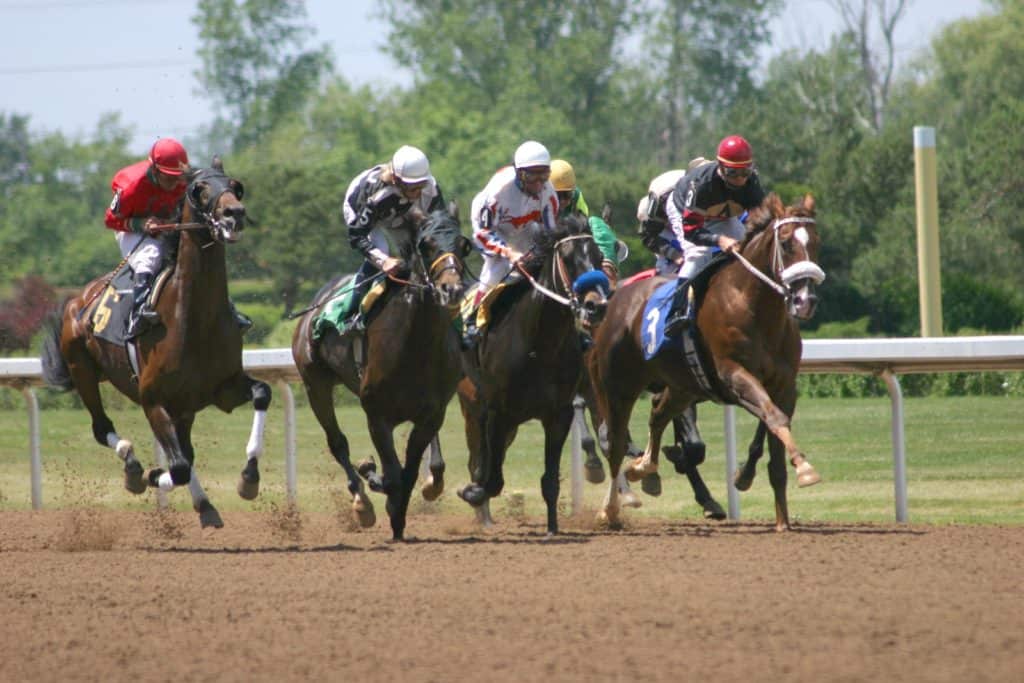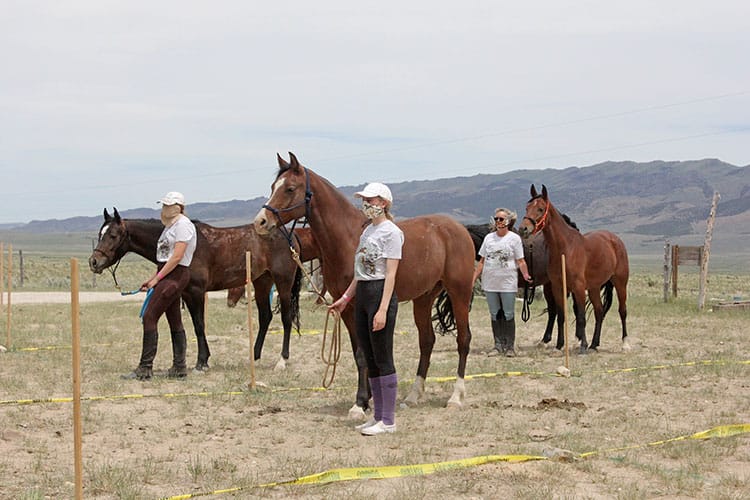
For Good Endurance in Horses, Feed for the Right Gut Bacteria
A French study is the first to connect the gut microbiota with the mitochondria in horses, or any other species.

A French study is the first to connect the gut microbiota with the mitochondria in horses, or any other species.

An analysis of EID data shows a decrease in the rate of fatal injury in 2020 compared to 2019.

Safety in Thoroughbred horse racing became a very public concern two years ago when a series of catastrophic breakdowns at Santa Anita Park in Southern California became national news. Veterinarians presented safety measures put in place to protect horses and humans.

Measuring mRNA markers might offer an economical, effective, and noninvasive way to detect horses at risk of catastrophic injury.

The Horse asked researchers and equestrian federation representatives for their takes on the new FEI rule banning shaving of facial vibrissae, which are sensory organs commonly called “whiskers.”

Neither a pandemic nor protesters could stop the tradition of Thoroughbred racing’s best 3-year-olds battling it out down the stretch at Churchill Downs, where Authentic upset favored Tiz The Law to win the 146th running of the Run for the Roses.

Learn about the science behind creating safe racing surfaces from Mick Peterson, PhD, director of the University of Kentucky’s Racetrack Safety Program.

University of Kentucky researchers are working to learn more about the changes happening at a cellular level that might indicate an injury is present before it becomes career- or life-ending.

Researchers at the University of California, Davis, School of Veterinary Medicine have linked bone loss to proximal sesamoid bone fractures in California racehorses.

City of Rocks in south central Idaho became one of the first three rides allowed to proceed with American Endurance Ride Conference (AERC)-approved safety regulations.
Brown will lead the effort to develop, communicate, and enforce safety and integrity policies for both racing and sales operations.

Learn why this fetlock injury occurs and how veterinarians diagnose it.

One veterinarian weighs the pros and cons of available imaging modalities when it comes to diagnosing common fetlock injuries.

The Ontario, Canada, track continues to monitor the outbreak.

Testing at the Canadian horse racing track following two confirmed cases revealed additional equine herpesvirus-1 positives.

From shutting down local horse shows to postponing the Olympic Games until 2021, the coronavirus pandemic has played havoc with the way owners keep, exhibit, and even trail ride their horses.
Stay on top of the most recent Horse Health news with
"*" indicates required fields